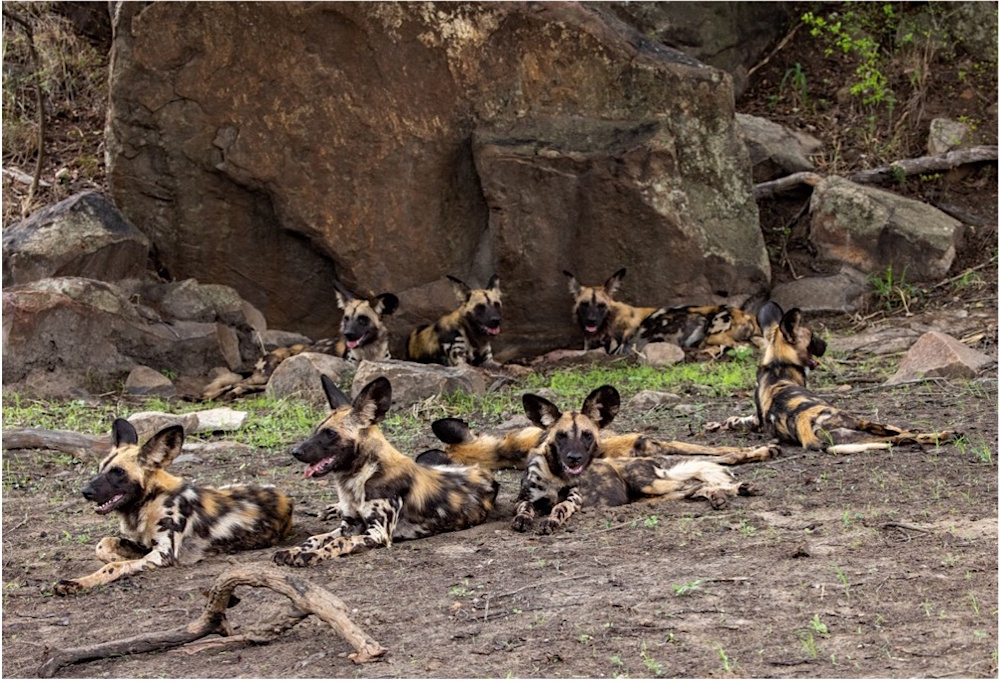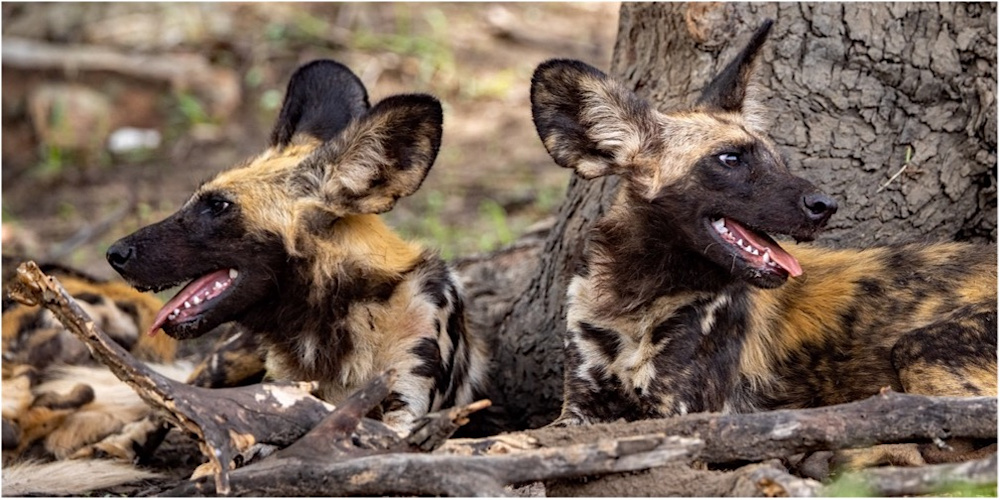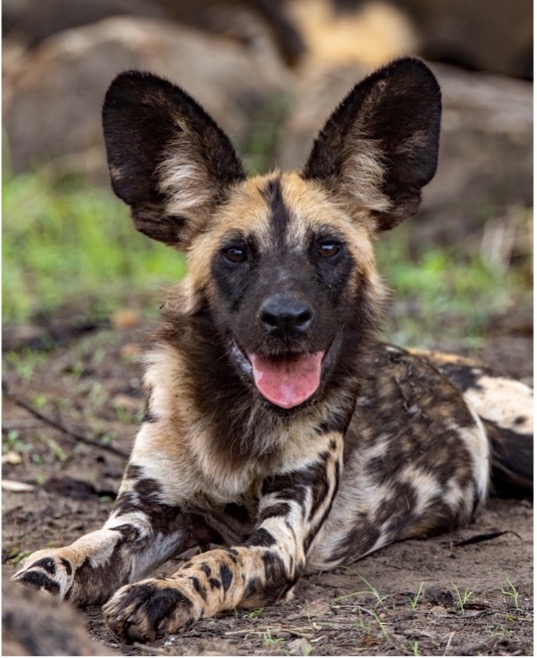December 2024
Biodiversity
Following the packs
in BiodiversityShare:
Following the packs
Our large pack of African wild dogs (17 members seen together this month) is doing well and are always a huge bonus to track and find. The smaller pack that bred a litter successfully headed south into Gonarezhou a couple of months ago, and a new third pack, that seemed to have a den-site in a culvert under our main Binya Road, were not successful in raising a litter this year. Pack sizes and their success is a subject of great interest, and historically packs of over 100 animals used to occur in Africa. Imagine what it must have been like to see 100 African wild dogs!
Historical texts offer a wealth of insight into wildlife numbers before human activities had such a profound impact. In the mid-20th century, wild dog packs in South Africa’s Kruger National Park were documented to include 60 to 70 individuals. These accounts, frequently provided by hunters and game wardens, reflected a widespread belief that wild dogs were pests and a major factor in the decline of herbivore populations.
Records from the early colonial period in South Africa describe "bands" of wild dogs numbering in the hundreds. One such account, from the 1800s, recounts a hunter waking up to find himself surrounded by more than 100 wild dogs. Though the animals appeared curious, they did not show aggression, and after a brief observation, they disappeared into the early morning light.
In the late 20th century and even into the early 2000s, there were occasional reports of wild dog packs exceeding 50 individuals. Today, however, these packs are typically much smaller, generally consisting of around 5 to 20 dogs. Larger packs, sometimes reaching 30 or more, are rare and typically split up. These larger groups often consist of nearly half pups, and by the time the young dogs reach a year old, the pack has usually split.

The main reason why wild dog packs are so much smaller these days than compared to 200 or even 50 years back is that the herbivores of Africa do not exist in the numbers and unrestricted space that they used to. With most of the great migrations having gone, there is no longer a food source that is able to sustain large packs. Today, herds of herbivores are fragmented, often blocked by fences or human settlements, preventing them from moving freely to prime grazing areas. As a result, the available food sources cannot support the large packs of wild dogs that once thrived.
In well-protected reserves and ideal conditions, it’s been recorded that sometimes both the Alpha and Beta females have raised litters, but once these packs grow big enough, and without any kind of mortality being recorded, they seem to be forced to split due to lack of prey availability to sustain that pack size.



By Jenny Hishin
Author / Field Guide


